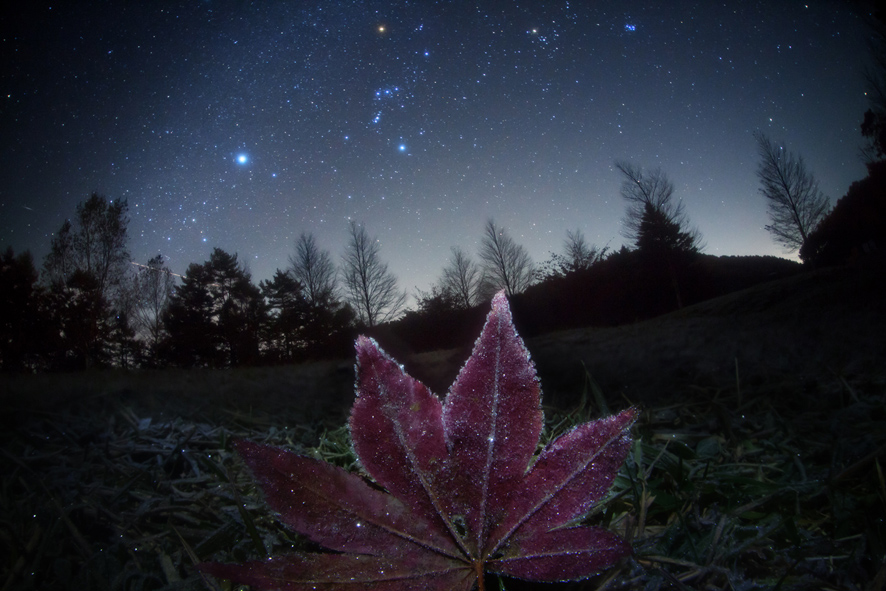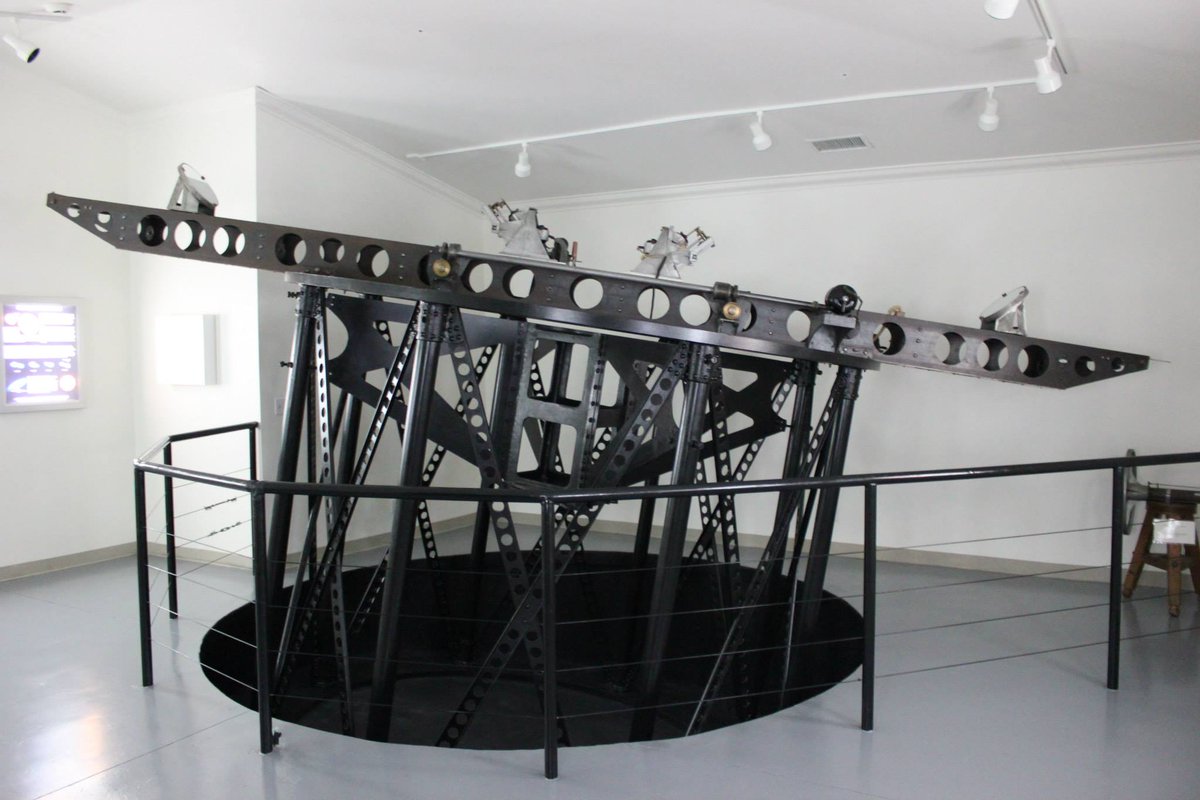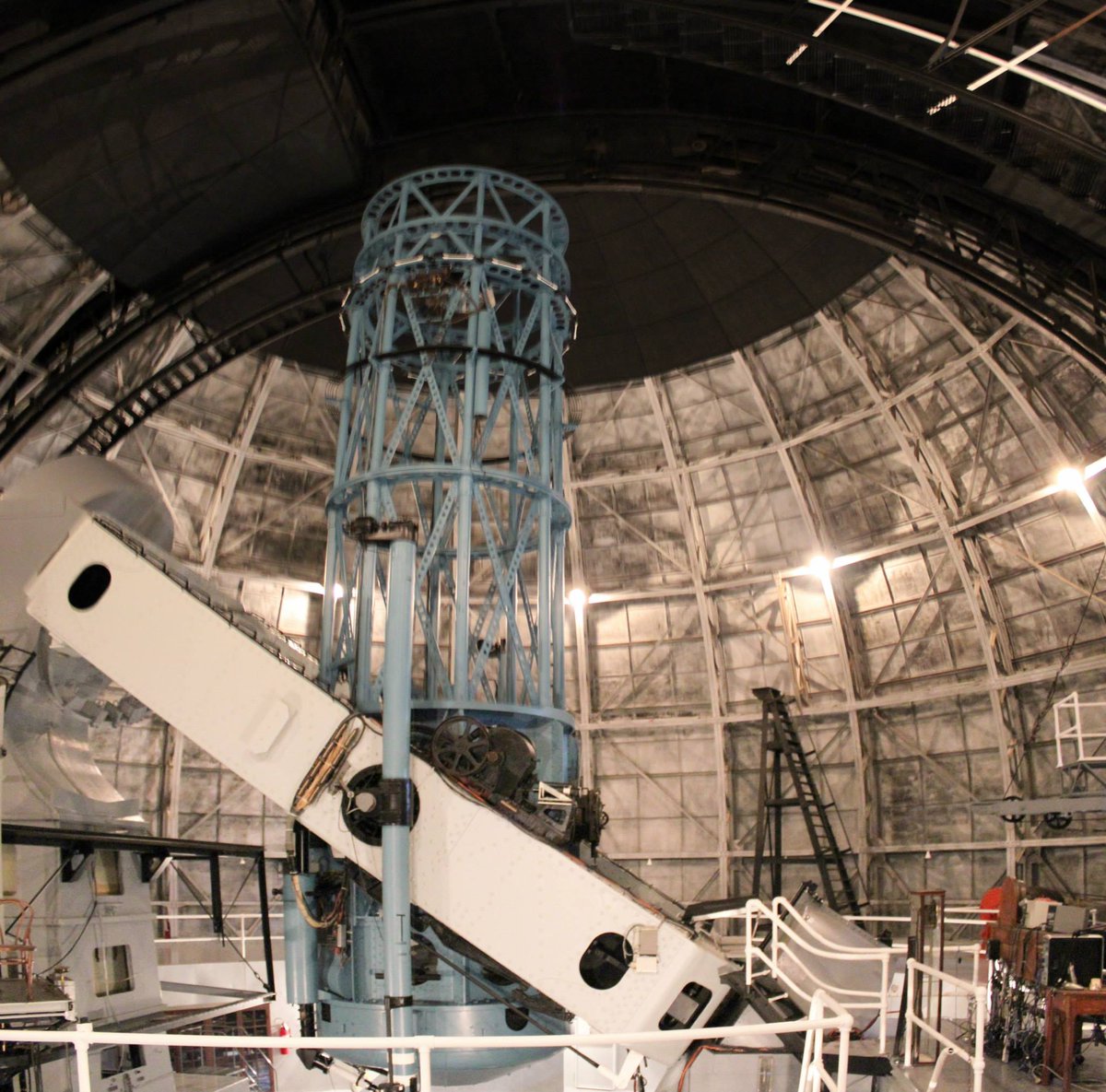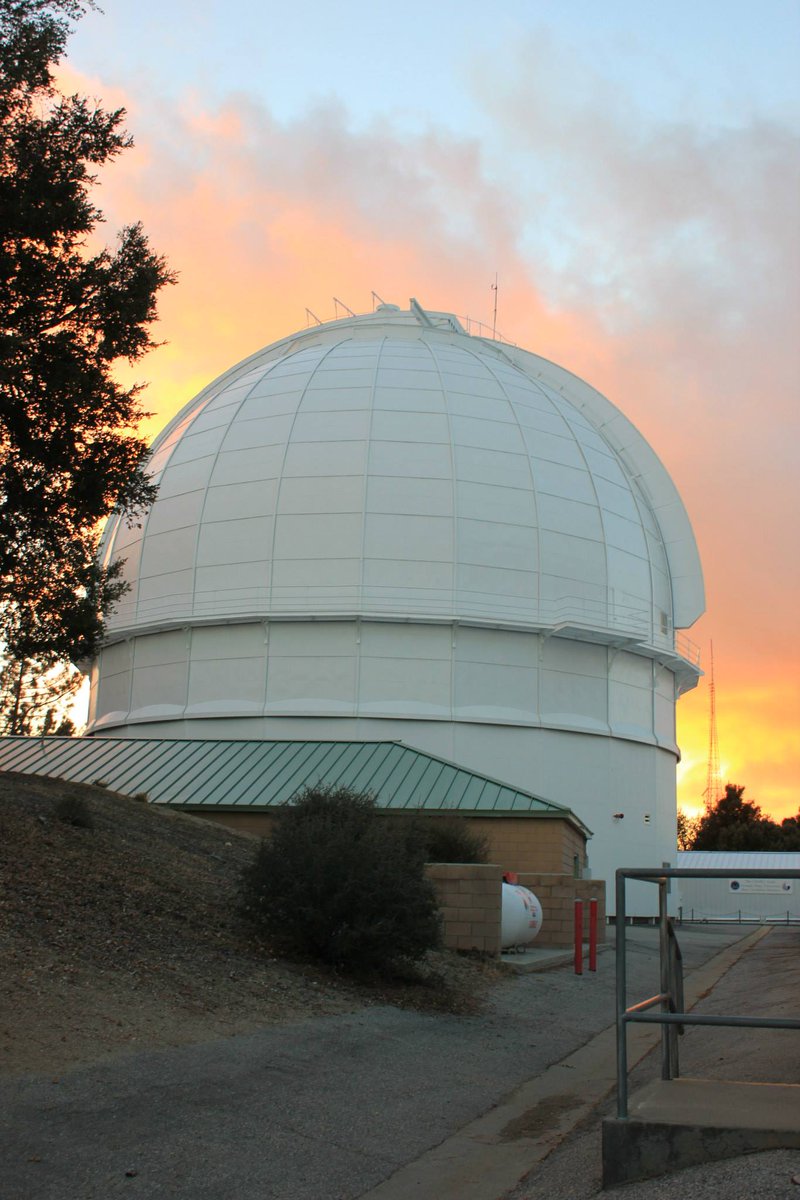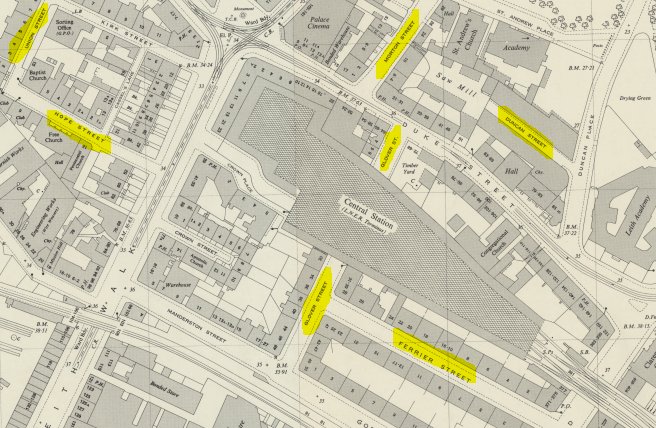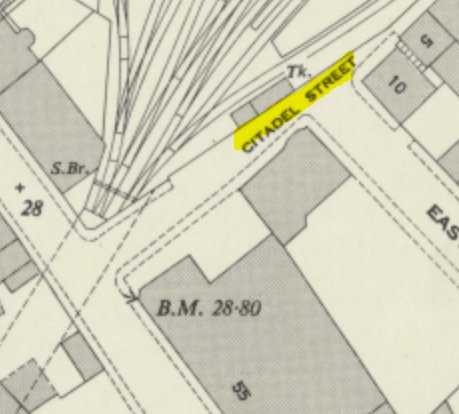It really is a massive star and the explosion would be so friggen cool!
Here's the ALMA 'image' of Betelgeuse overlaid on our System - look how big it is!
Credit: Sci-News.com
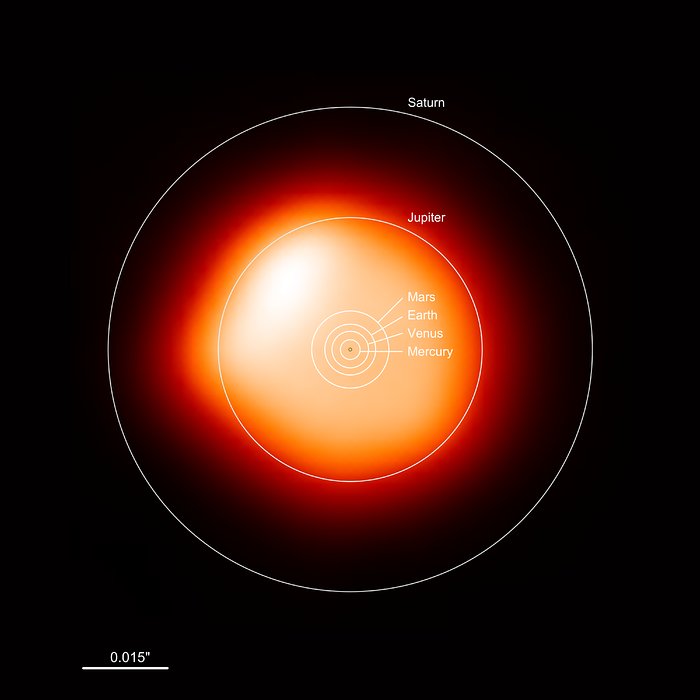
So much so, it is said to be noticeable with our eyes (we've had lots of smoke in the air, so I haven't had a good look myself)
In fact, just a few weeks back, this was the EXACT topic of my essay (major project) for my History of Astronomy subject!
No and Yes ...
Well, the Assyrians didn't but the Egyptians and Indigenous Australian's did!
Like the Enūma Anu Enlil tablets contain approx. 6,500 omens associated with celestial objects and events!
In fact, they recorded this variability into the Cairo Calendar – a 19th Dynasty Egyptian stellar almanac.
The red giants are described to be filled with 'fire magic' as they increase in brightness.
aboriginalastronomy.com.au/research/paper…
These papers are fascinating and describe red giant variability from southern skies.
I learned so much writing this essay!
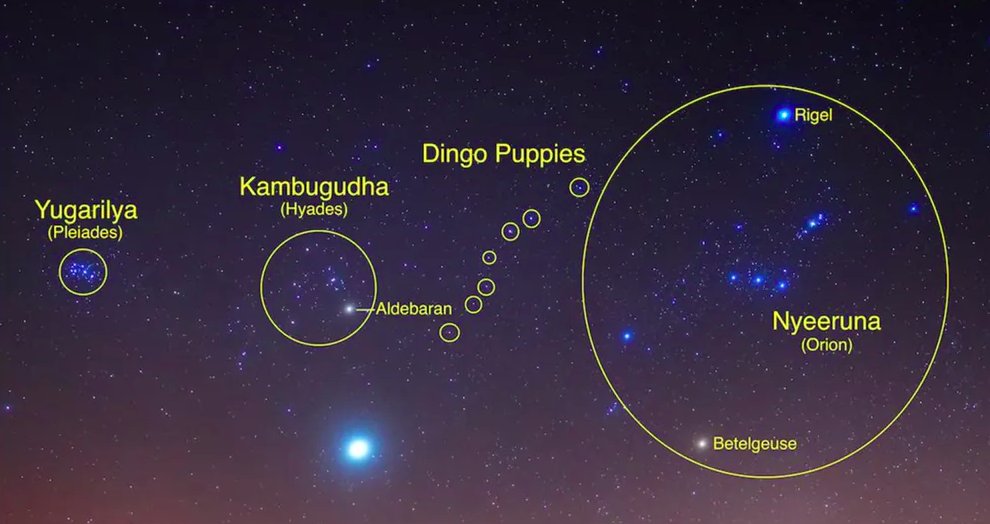
1. Assyrian Tablet: British Museum
2. Cairo Calendar: Jetsu, L. & Porceddu, S.
3. Indigenous Australian Orion: Journal of Astronomical History and Heritage
I've only covered this really briefly, but it is really fascinating to read about ancient cultures and how they used the stars!






